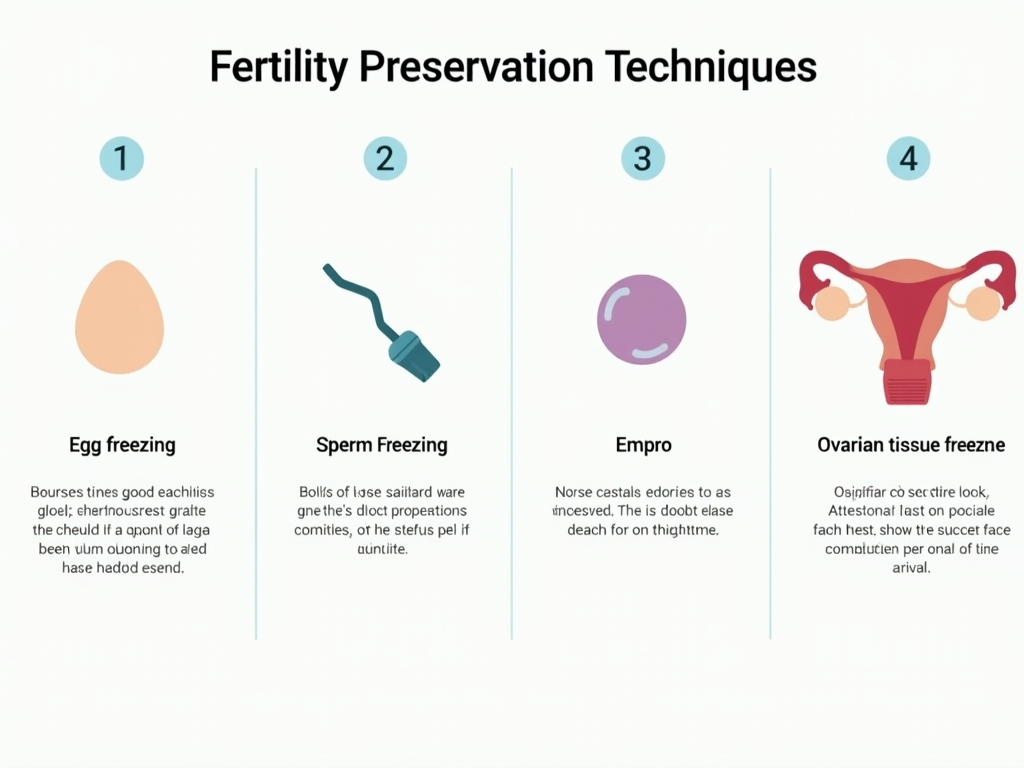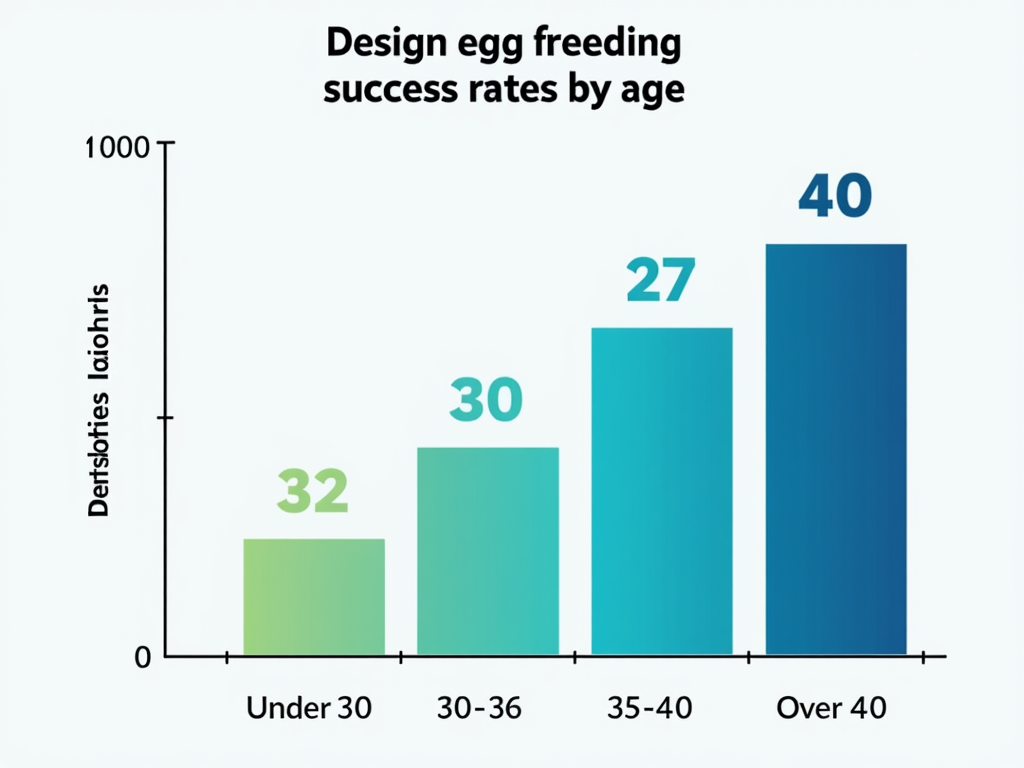Fertility Preservation: What Are the Success Rates and What You Need to Know
March 25, 2025, 5:34 p.m.
Overview
Fertility preservation offers hope for people who want to have kids later in life. Whether it’s due to medical treatments, age, or personal goals, knowing the success rates of fertility preservation techniques can guide your choices. This article breaks down these methods and what you can expect.

What Is Fertility Preservation?
Fertility preservation means using medical techniques to save your ability to have children in the future. It’s a big deal for anyone worried about infertility. Here’s how it works:
- Egg Freezing: Doctors stimulate your ovaries to produce eggs, then freeze them for later.
- Sperm Freezing: Men provide a sample, and it’s frozen for future use.
- Embryo Freezing: Eggs and sperm are combined to make embryos, which are frozen.
- Ovarian Tissue Freezing: Part of an ovary is removed and frozen for later use.
Each method fits different needs, and we’ll dive into their success rates soon.

Why Does Fertility Preservation Matter?
People choose fertility preservation for many reasons. It’s a lifeline for those facing infertility from medical treatments or life choices. Here’s why it’s important:
- Medical Needs: Cancer treatments like chemotherapy can harm eggs or sperm. Freezing them first protects your options.
- Age: Fertility drops as you get older, especially for women. Preservation buys time.
- Personal Goals: Maybe you want to focus on your career or find the right partner first.
Knowing the success rates of fertility preservation techniques helps you decide if it’s worth it.

Success Rates of Fertility Preservation Techniques
The big question is: How well do these methods work? The success rates of fertility preservation techniques depend on age, health, and the method. Let’s break it down:
Egg Freezing
- Best for fertility preservation in women under 35.
- About 2-12% of thawed eggs lead to a live birth. Freezing more eggs boosts your chances.
Sperm Freezing
- Works well, with 50-80% of sperm surviving the thaw.
- Pregnancy success depends on how it’s used (like IVF).
Embryo Freezing
- Often the most successful, with 40-50% of transfers leading to a baby for women under 35.
- Rates drop with age.
Ovarian Tissue Freezing
- Still experimental, but some women have had babies after it.
- Used when other options aren’t possible.
Here’s a quick look:
| Technique | Success Rate (Approx.) | Best For |
|---|---|---|
| Egg Freezing | 2-12% per egg | Women delaying kids |
| Sperm Freezing | 50-80% sperm survival | Men before medical treatments |
| Embryo Freezing | 40-50% per transfer (under 35) | Couples |
| Ovarian Tissue | Varies, experimental | Urgent cases |
Age matters most. Younger people see better results.

What Affects Success?
Success isn’t guaranteed. Here’s what plays a role:
- Age: Younger eggs and sperm work better.
- Number Frozen: More eggs or embryos mean higher odds.
- Health: Conditions like cancer can complicate things.
- Clinic Quality: Experienced teams get better results.
Talk to a specialist to understand your odds. The success rates of fertility preservation techniques vary, but planning ahead helps.

Real Stories and Insights
What’s it like to preserve your fertility? Here are some examples:
Sarah, 32, froze her eggs to focus on her career. “I felt relief knowing I had time,” she says. She learned that fertility preservation in women works best when you act early.
John, 28, froze his sperm before cancer treatment. Years later, he and his wife welcomed a son. “It was a small step that changed everything,” he shares.
These choices aren’t easy. Costs can range from $5,000 to $15,000, and emotions run high. But for many, it’s worth it for a future family.

Tips for Success
Want to try fertility preservation? Here’s how to start:
- Talk to a Doctor: Get a personalized plan.
- Research Clinics: Look for ones with high success rates.
- Act Early: Younger age means better outcomes.
- Plan Finances: Save up or check insurance.
Understanding fertility preservation gives you control over your future.

Wrapping Up
Fertility preservation opens doors for those facing infertility or life’s uncertainties. The success rates of fertility preservation techniques vary—embryo freezing leads for some, while egg freezing fits others. With the right info and timing, you can protect your dream of having kids. It’s about hope and planning ahead.